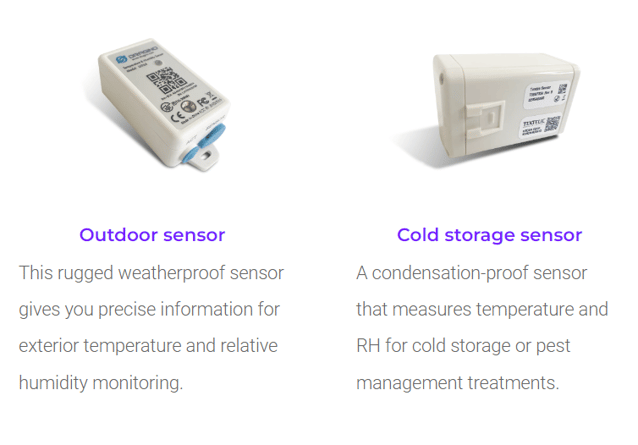Extreme Conditions
We have been asked whether our SCS devices can be placed in extreme conditions. The short answer is, only at your own risk.
You may check Conserv SCS sensor specifications on their specific pages:
In summary, you will see that the actual sensor inside them has operating temperatures of -40°C to 85°C (-40°F to 185°F) but is functional from -40°C to 125°C (-40°F to 257°F). For relative humidity, it will operate between 0%-100% in non-condensing conditions.
Does this mean you can place your regular SCS device in your freezer or extreme weather conditions? We can't stop you, but we'd really prefer that you didn't.
Warning: Conserv does not recommend that regular SCS sensors be placed in extreme conditions. While the sensors inside the devices may function and withstand freezing temperatures or high non-condensing humidities, the external case surrounding the SCS sensors has not been designed to be water or weatherproof.
Any condensation resulting from going in and coming out of the freezer or simply getting wet in due to rain and/or snow could potentially negatively impact your device.
Conserv cannot cover the extra costs of replacing hardware that has been damaged due to non-recommended usage.
If you are interested in monitoring outdoor spaces or freezer conditions, we recommend that you look into other devices we offer that have been specifically designed for those uses and will withstand extreme scenarios without risking damage to the equipment.
